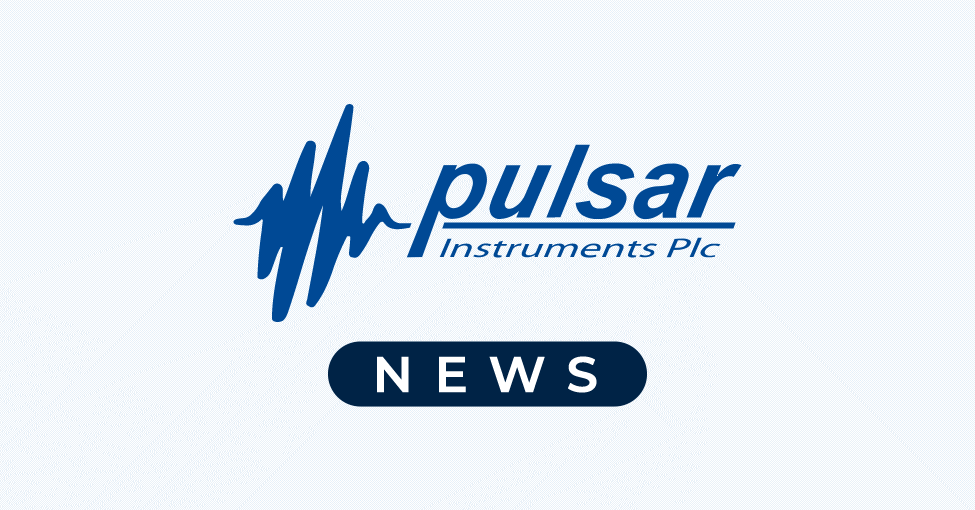Pregnancy and noise at work should be an area of concern for health and safety managers. An increasing number of women of childbearing age are occupationally active, and as a result, an increasing number of pregnancies are potentially exposed to occupational health and safety issues.
It should be recognised by employers that the use of hearing defenders for pregnant women working in high noise environments does not protect their unborn child from hearing damage.
Is noise a problem during pregnancy?
You would be forgiven for thinking that the womb shields the foetus from noise, but various studies have shown that noise, although muffled in the womb, can reach the foetus and damage an unborn child’s hearing.
A Swedish study, carried out by the Institute of Environmental Medicine at Karolinska Institutet, Stockholm, which included a cohort of 1.4 million children born in Sweden between 1986 and 2008, provides new evidence that women should avoid exposure to high levels of noise while they are pregnant.
It’s a well-known fact that sound travels quite easily into the womb, with sound often being used as a test of well-being in a foetus and by prospective parents to start building a bond.
Pregnancy and noise at work – the possible effects
The Swedish study above looked at the expectant mother’s occupation, shift profile, age, body mass, smoking habits and socio-economic factors. The research results showed that for both full and part-time expectant workers, the prolonged exposure of the unborn child to high noise levels during pregnancy later affected the child’s hearing.
Not only did this study recommend that the noise action limit for pregnant women should be lower than that of other workers, but it also recommended that expectant mothers should not be exposed to work environments where there is a risk of sudden loud impacts or impulse noise.
Further evidence to support this comes from an experimental study carried out in the Canadian province of Quebec. This study of 131 children whose mothers worked while pregnant in noise conditions ranging from 65-95dB(A) showed a three-fold increase in the risk of the children having high-frequency hearing loss.
Other health impacts include increased blood pressure, stress and tiredness, heart disease and diabetes.
Noise at work law and pregnant workers
Experimental evidence from several studies suggests prolonged exposure of the unborn child to loud noise during pregnancy may have an effect on later hearing, and that lower noise frequencies have a greater potential for causing harm (1).
Under the EU 2005 Noise Regulations, and the UK Control of Noise at Work Regulations, there is a legal obligation for employers to regularly review general workplace risks, including noise exposure, to ensure no harm comes to their workers. Separate risk assessments for women of childbearing age and expectant mothers are not legally required, however, the guidance is that they should be considered.
If a significant health and safety risk is identified for a new or expectant mother, the HSE recommends the employers should take the following actions:
- Temporarily adjust the expectant mother’s working conditions and/or working hours; or if that is not possible
- Offer her suitable alternative work if available, or as a last resort
- Suspend her from work on paid leave for as long as necessary to protect her health and safety, and that of her child.
Our further practical advice is that if an employee notifies you of their pregnancy you should check your workplace risk assessment to see if any new risks have arisen. If such risks are identified during the pregnancy you must take appropriate, sensible action to reduce, remove or control them as per normal guidelines, for example, this might include restricting access to areas where there is a risk of sudden loud or impulse noise, or ensuring pregnant women do not have to put their body in direct contact with a source of noise as their pregnancy grows.
Example hazard control measures
- Using a sound meter and/or noise dosemeter, find out what the noise levels are where the expectant mother is working, and how much noise she is exposed to over a normal working shift.
- Protect the worker from noise to reduce potential stress levels and other noise impacts. Use hearing protection to protect the mother’s hearing if they are exposed to loud noise (e.g. above the Upper Exposure Action Value (85dB(A)) or even the Lower Exposure Action Value of 80dB(A)).
- Move the mother as far away from noise sources as possible, or assign them to a quieter job. In particular:
- Avoid areas entirely that are over 115dB(A) (roughly as loud as a chainsaw), even if the mother is wearing hearing protection;
- Avoid areas entirely where noise can be felt as a rumble or vibration as these very low-frequency sounds travel through the body more easily; and,
- Avoid areas where there is a risk of sudden or impulse noise that is loud enough for someone to need hearing protection or for the mother to be startled (e.g. above the Lower Exposure Action Value of 135dB(A)).
- Use noise-activated warning signs to create noise control zones warning people of high noise levels.
- Sounds are stronger when the developing baby is growing as the belly is closer to the source of the noise. Expectant mothers should not lean up against or have to put their bodies in contact with a source of noise (or vibration).
- Consult an occupational physician if you are worried about any particular aspects of their role affecting them or the unborn child.
For further guidance on understanding the impacts of noise at work and the effects on your workforce please contact Pulsar Instruments.
1. Communication from the Commission on the guidelines on the assessment of the chemical, physical, and biological agents and industrial processes considered hazardous for the safety or health of pregnant workers and workers who have recently given birth or are breastfeeding (Council Directive 92/85/EEC
Find your perfect noise measurement equipment
You might also like:


